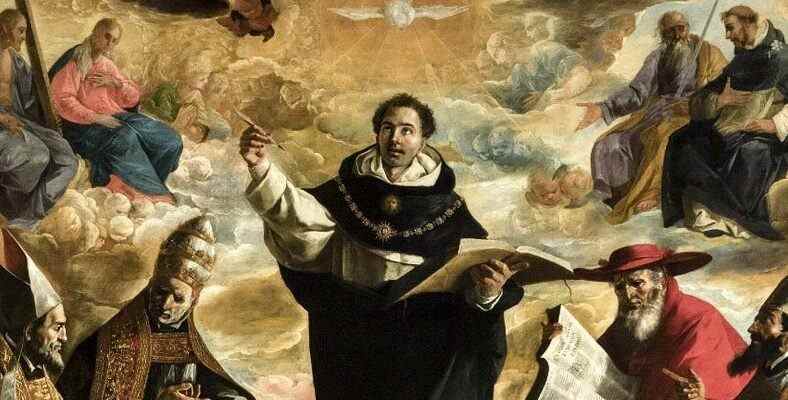Even though scholastic thought, a theology-based philosophical movement that dominated the world for hundreds of years, was destroyed, it is possible to encounter examples in many places today. So what is scholastic thought, how did it emerge, how did it spread, and how was it finally destroyed? Let’s take a closer look.
For the first time with the question of what is scholastic thought You may have encountered it in high school history and philosophy classes. The reason why this question enters the field of history is that it is one of the most common philosophical thoughts in hundreds of worlds. From the darkness of the Middle Ages to the light of the new age, everywhere scholastic thought possible to meet. The biggest reason for this is that instead of seeking novelty, it tries to explain the existing with the divine.
Philosophy in general is a skeptical and questioning field. However scholastic thought does not question and does not doubt. Because, according to him, there is already a divine truth and the purpose of man is to understand and try to solve this divine truth. Consisting of 3 main periods What is scholastic thought, how did it arise, how did it spread? We have explained the answers to the frequently asked questions in detail.
What is scholastic thought, when did it arise? Periods of scholastic thought:
What is scholastic thought?
Latin for school schola derived from the word scholasticus scholastic thought, which comes from the term literally means school philosophy. It means this because it was believed that the truth already existed in the Middle Ages and that this truth could only be learned through philosophy lessons given in schools.
Scholastic thought is a theology-based movement. well that truth is a decision from the heavens and philosophy, it is believed that these truths should be understood. In this context, scholastic thought does not create a new thought. It is not skeptical or inquisitive. On the contrary, it is against anyone who doubts the knowledge that comes with divine truth.
The clearest definition of scholastic thought was given by the Christian Saint Augustine and ‘I believe to understand.’ he said. Scholastic thought in the light of the information it believes to be true. It aims to confirm or refute existing facts. That is, even if something is true, if it does not conform to divine truth, it must be refuted. Faith is essential.
When did scholastic thought arise?

The foundations of scholastic thought were laid between the 2nd and 8th centuries AD. Known as the Christian Fathers It was laid with the patristic philosophy created by the early Christians. However, it was only in the 9th century that this idea was fully systematized and named.
While Plato stands out in patristic philosophy, Aristotle stands out in scholastic thought. The biggest reason for this Aristotelian philosophy sees thinkers as wise. This philosophical movement, which is already based on theology, has of course found it appropriate to call people who think about faith as wise.
The purpose of the emergence of scholastic thought in schools called the seven free arts It is the teaching of theology along with grammar, logic, rhetoric, arithmetic, geometry, music and astronomy. In later times, scholastic thought was not only used for this purpose, but turned into a general school doctrine.
Periods of scholastic thought:
- Early scholastic thought / 9th and 13th centuries
- Ascension scholastic thought / 13th and 14th century
- Late scholastic thought / 14th and 15th centuries
Early scholastic thought:
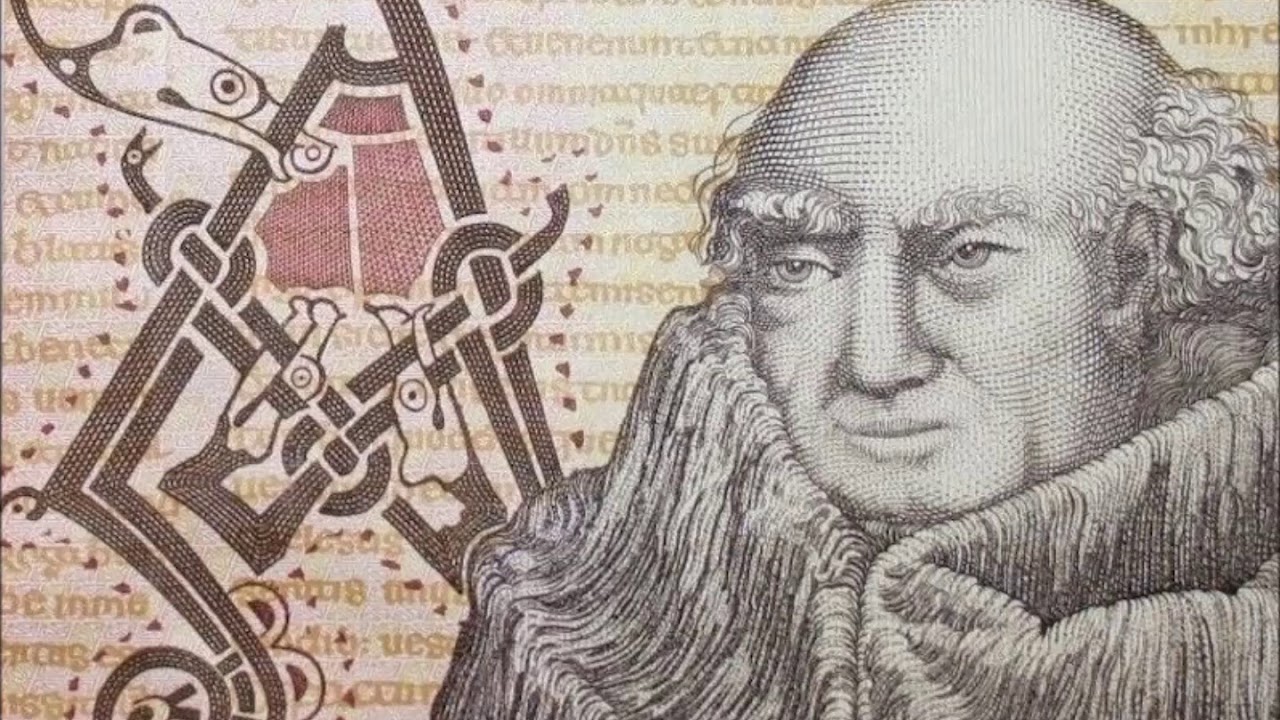
The first thinker of scholastic thought that emerged with the collapse of the Western Roman Empire in the 800s is Johannes Scottus. scott, By establishing a neo-Platonian way of thinking He spread mysticism in the Middle Ages. He argued that God is unknown but can be understood through symbols.
In the 1000’s, Anselmus said that God was the most perfect and in accordance with the principle of non-contradiction argued that it could not exist. Roscelinus, who lived in the same period, established nominalism. This concept is against realism and argues that people act in line with a common thought. That is, it speaks of a fundamental, divine power.
Ascension-era scholastic thought:
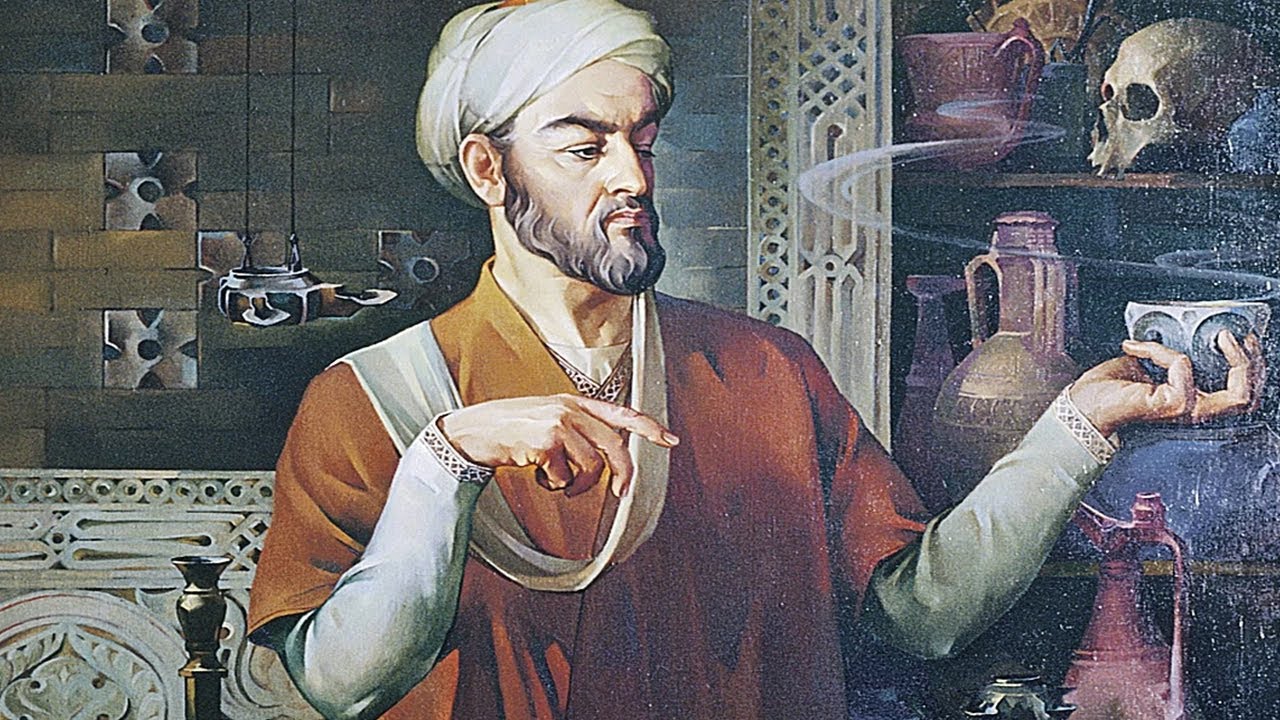
In the 12th century, Arabic philosophy began to spread and Islamic scholasticism emerged. The Arab philosopher Ibn Sina played an important role in this spread. Like Avicenna, another Aristotelian Arab thinker is Ibn Rushd. Ibn Rushd faith as another form of knowledge of reason. has commented.
In the same period, the Jewish thinker Moses Maimenides also interpreted Aristotle and popularized it in his region. Italian mystic thinker Bonaventura Interpreted Augustine and Aristotle and knowledge is to unite on the truth to be known.
The scholastic star of the Middle Ages became Albertus Magnus. Magnus; Combining Aristotelian philosophy, Islamic philosophy, and Jewish philosophy showed a systematic structure. ‘To know in order to believe,’ said Thomas of Aquinas, a student of Magnus. This thought was accepted by the Catholic Church at that time.
Recent scholastic thought:
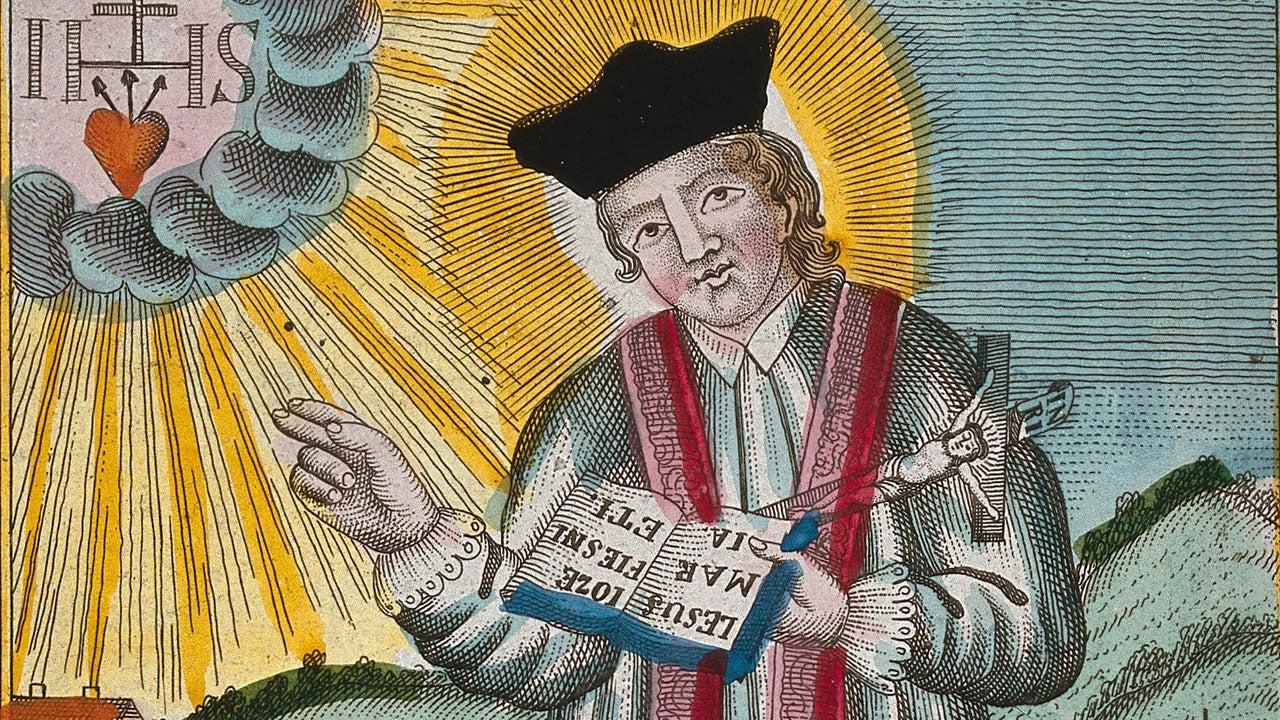
In the last period of scholastic thought, the debates between religious sects and Enlightenment studies that prepared the Renaissance were influential. The star of the last period was Johannes Duns Scottus, who systematized nominalism and argued that particular objects are real, and universal objects are completely fabrications.
In this period, experiment was put on the basis of knowledge. This knowledge is faith-based, as the concept of God is never experienced. So concepts such as eternity and God can never be known. At this point, belief and knowledge are completely separated from each other. This was the end of scholastic thought. Although scholastic thought seems to have come to an end with the Renaissance in the 16th century, it is possible to encounter people who still support this thought even today.
Why has scholastic thought collapsed?
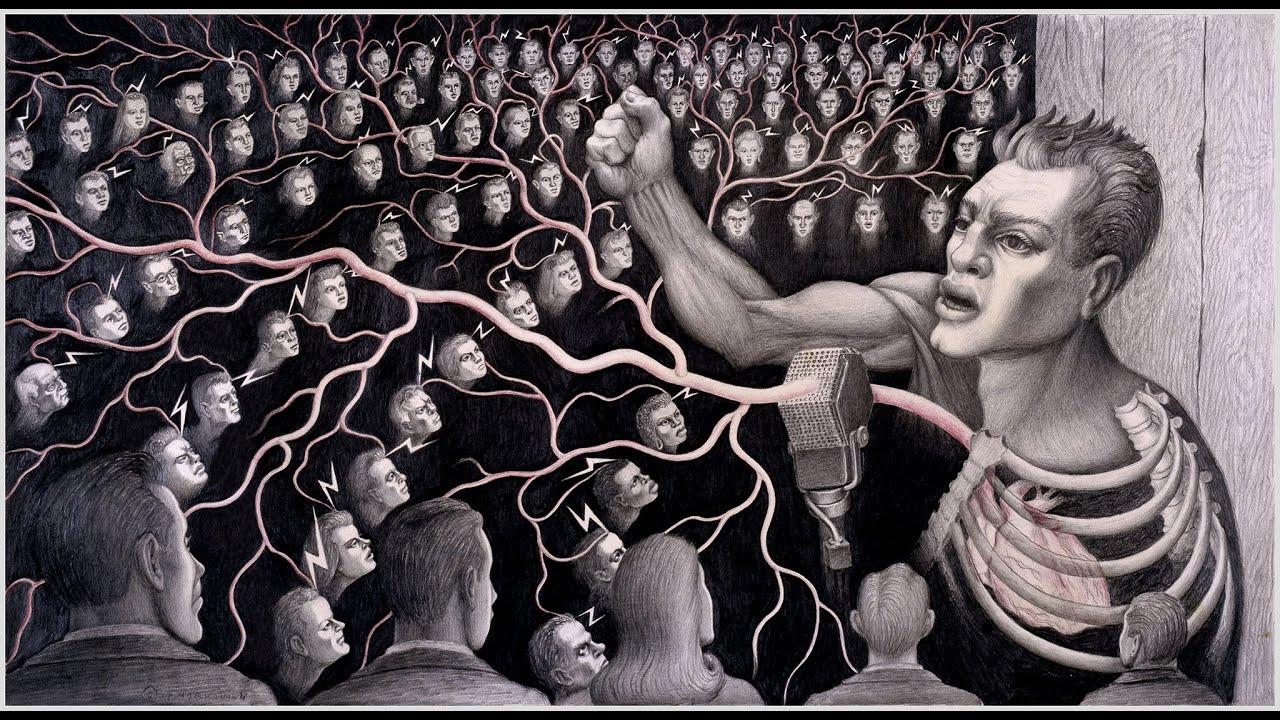
The Middle Ages, when scholastic thought was active in Europe, was a terrible time. People are starving, social injustice was at its peak, the clergy were deceiving people by imposing ideas that were not compatible with any religion, and somehow every truth had to be adapted to religion.
Scientific studies that laid the foundation of the Renaissance opened the eyes of people. With the invention of the printing press, religious books were translated into people’s own language and religion began to be understood by the people. People began to question what they were no longer allowed to question, and realized that they had been duped by a handful of religious merchants trying to fill their coffers.
Religion is a relationship between man and God. It is only a way of thinking that befits the darkness of the Middle Ages to spread this forcibly to all walks of life in line with certain interests and to lie to people with pseudoscience and one-sided philosophy. Fortunately, we’re in the space age now and we don’t come across this kind of thinking too often, do we?
We answered questions such as what is scholastic thought, how it emerged and why it was destroyed. Philosophy and science born out of philosophy, It was created by humans to seek the truth. Let’s use our minds to the fullest.
